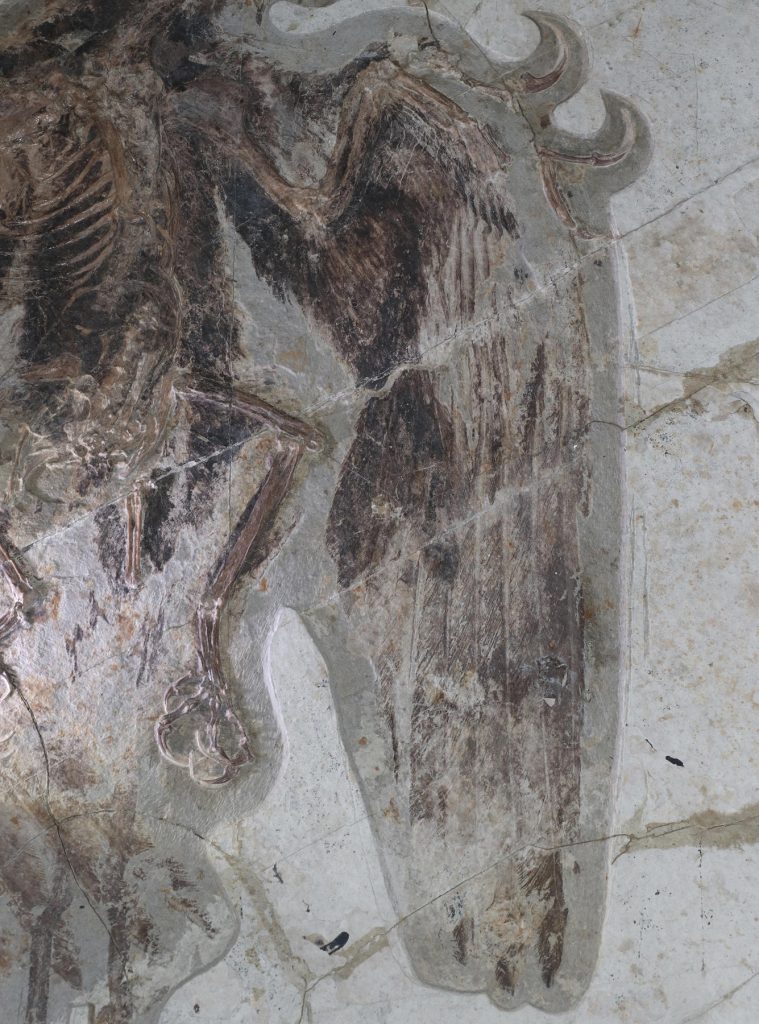
A groundbreaking study has identified common feather characteristics among flying birds, revealing that all possess 9 to 11 primary feathers, a trait that provides insights into the evolution of flight from dinosaur ancestors. By combining analysis of museum specimens and fossil data, researchers suggest that flight evolved only once among dinosaurs, highlighting the significance of feathers and flight in the evolutionary success of these species. Above is a fossil showing the wing and feathers of the prehistoric bird Confuciusornis. Credit: Yosef Kiat
Birds can fly— at least, most of them can. Flightless birds, such as penguins and ostriches, have adapted to life without the need for flight. Despite this, there remains a significant gap in scientific understanding regarding the differences in wings and feathers between flightless birds and those that can fly.
In a new study in the journal PNAS, scientists examined hundreds of birds in museum collections and discovered a suite of feather characteristics that all flying birds have in common. These “rules” provide clues as to how the dinosaur ancestors of modern birds first evolved the ability to fly, and which dinosaurs were capable of flight.
Evolutionary Origins of Bird Flight
Not all dinosaurs evolved into birds, but all living birds are dinosaurs. Birds are members of the group of dinosaurs that survived when an asteroid hit the Earth 66 million years ago. Long before the asteroid hit, some of the members of a group of dinosaurs called Penneraptorans began to evolve feathers and the ability to fly.
Members of the Penneraptoran group began to develop feathers before they were able to fly; the original purpose of feathers might have been for insulation or to attract mates. For instance, Velocirpator had feathers, but it couldn’t fly.
Of course, scientists can’t hop in a time machine to the Cretaceous Period to see whether Velociraptors could fly. Instead, paleontologists rely on clues in the animals’ fossilized skeletons, like the size and shape of arm/wing bones and wishbones, along with the shape of any preserved feathers, to determine which species were capable of true, powered flight. For instance, the long primary feathers along the tips of birds’ wings are asymmetrical in birds that can fly, but symmetrical in birds that can’t.
Discoveries in Feather Evolution
The quest for clues about dinosaur flight led to a collaboration between Jingmai O’Connor, a paleontologist at the Field Museum in Chicago, and Yosef Kiat, a postdoctoral researcher at the Field.
“Yosef, an ornithologist, was investigating traits like the number of different types of wing feathers in relation to the length of arm bone they attach to, and the degree of asymmetry in birds’ flight feathers,” said O’Connor, the museum’s associate curator of fossil reptiles, who specializes in early birds. “Through our collaboration, Yosef is able to track these traits in fossils that are 160-120 million years old, and therefore study the early evolutionary history of feathers.”
Kiat undertook a study of the feathers of every order of living birds, examining specimens from 346 different species preserved in museums around the world. As he looked at the wings and feathers from hummingbirds and hawks, penguins, and pelicans, he noticed a number of consistent traits among species that can fly. For instance, in addition to asymmetrical feathers, all the flighted birds had between 9 and 11 primary feathers. In flightless birds, the number varies widely— penguins have more than 40, while emus have none. It’s a deceptively simple rule that’s seemingly gone unnoticed by scientists.
Implications for Understanding Dinosaur Flight
“It’s really surprising, that with so many styles of flight we can find in modern birds, they all share this trait of having between 9 and 11 primary feathers,” says Kiat. “And I was surprised that no one seems to have found this before.”
By applying the information about the number of primary feathers to the overall bird family tree, Kiat and O’Connor also found that it takes a long time for birds to evolve a different number of primary feathers. “This trait only changes after really long periods of geologic time,” says O’Connor. “It takes a very long time for evolution to act on this trait and change it.”
In addition to modern birds, the researchers also examined 65 fossil specimens representing 35 different species of feathered dinosaurs and extinct birds. By applying the findings from modern birds, the researchers were able to extrapolate information about the fossils. “You can basically look at the overlap of the number of primary feathers and the shape of those feathers to determine if a fossil bird could fly, and whether its ancestors could,” says O’Connor.
For instance, the researchers looked at the feathered dinosaur Caudipteryx. Caudipteryx had 9 primary feathers, but those feathers are almost symmetrical, and the proportions of its wings would have made flight impossible. The researchers said it’s possible that Caudipteryx had an ancestor that was capable of flight, but that trait was lost by the time Caudipteryx arrived on the scene.
Since it takes a long time for the number of primary feathers to change, the flightless Caudipteryx retained its 9 primaries. Meanwhile, other feathered fossils’ wings seemed flight-ready— including those of the earliest known bird, Archaeopteryx, and Microraptor, a tiny, four-winged dinosaur that isn’t a direct ancestor of modern birds.
Integrating Knowledge of Evolution
Taken a step further, these data may inform the conversation among scientists about the origins of dinosaurian flight. “It was only recently that scientists realized that birds are not the only flying dinosaurs,” says O’Connor. “And there have been debates about whether flight evolved in dinosaurs just once, or multiple separate times. Our results here seem to suggest that flight only evolved once in dinosaurs, but we have to really recognize that our understanding of flight in dinosaurs is just beginning, and we’re likely still missing some of the earliest stages of feathered wing evolution.”
“Our study, which combines paleontological data based on fossils of extinct species with information from birds that live today, provides interesting insights into feathers and plumage—one of the most interesting evolutionary novelties among vertebrates. Thus, it helps us learn about the evolution of these dinosaurs and highlights the importance of integrating knowledge from different sources for an improved understanding of evolutionary processes,” says Kiat.
“Theropod dinosaurs, including birds, are one of the most successful vertebrate lineages on our planet,” says O’Connor. “One of the reasons that they’re so successful is their flight. One of the other reasons is probably their feathers, because there’s such versatile structures. So any information that can help us understand how these two important features co-evolved that led to this enormous success is really important.”
Reference: “Functional constraints on the number and shape of flight feathers” by Yosef Kiat and Jingmai K. O’Connor, 12 February 2024, Proceedings of the National Academy of Sciences.
DOI: 10.1073/pnas.2306639121

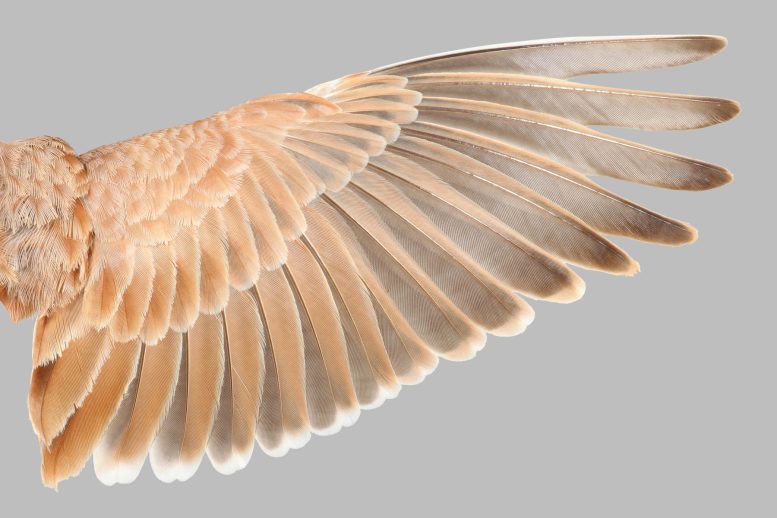
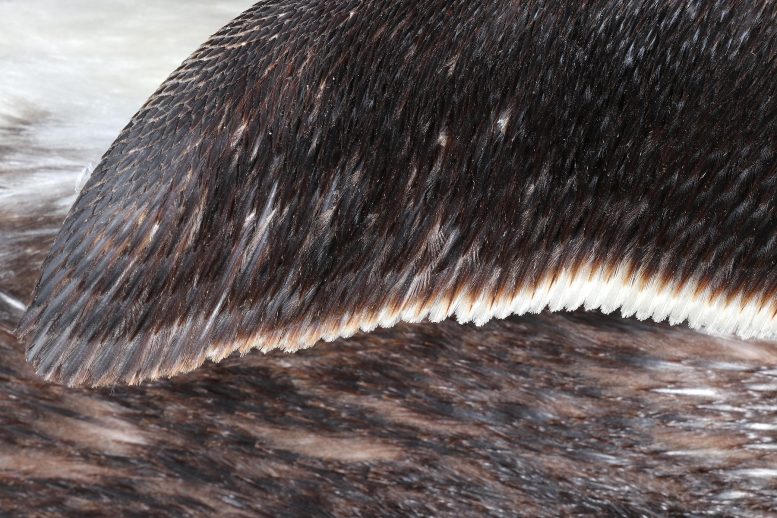
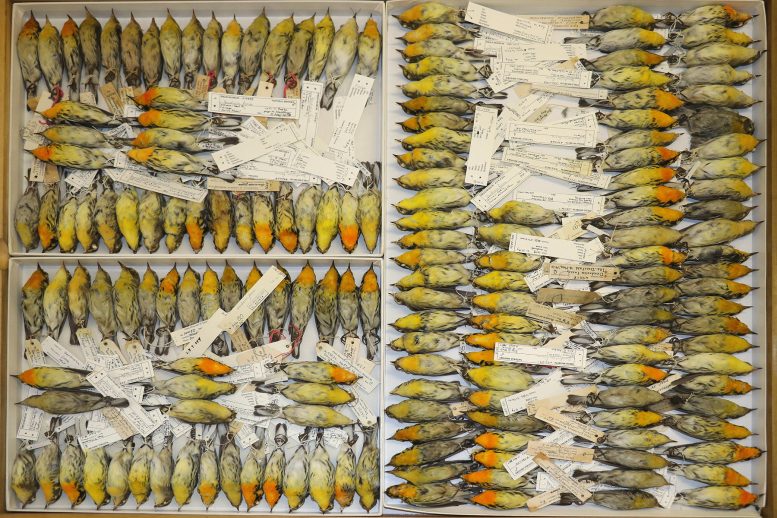
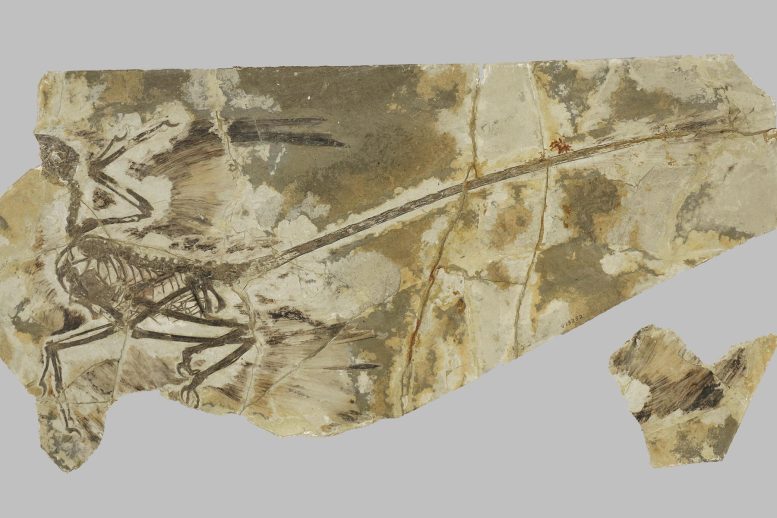
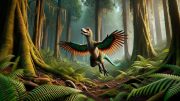

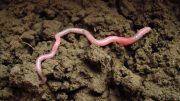
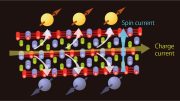




That retiles “evolved” into birds is just plain wrong.
One, dinosaurs are not just reptiles. Two, they did evolve into birds.
There is no feather dinosaur and only surviving dinosaur is modern crocodilian the mesoeucrocodylia dinosaur also call spinosauridae the baryonyx and spinosaurus descendant the much more improve dinosaur the king dinosaur the champ .velociraptor is flightless bird that came from primitive ancestor the flying microraptor a bird like archaeopteryx .the modern crocodilian very cold hardy
They are from the desert all today dinosaur are descendant from the great Nile crocodile that why they can survive artic weather in there home of North Carolina gator is native there one dwarf caiman is native of andies mountain they allso live in cold South Africa so all dinosaur are cold hardy so no feather needed .all early theropod dinosaur have 2 horn over there eyes that drag and weight that not flight feature these horn still found in modern crocodilian but not over eyes were ears is
The horns are found carnotaurus allosaurus baryonyx I forgot the spectacled caiman they have lynx horn and flat skull horn these are probaly real dinosaur skull horn but skull is flat so it is not over the eye the lynx cat horn type is fake no dinosaur have eyes on top of there skull baryonyx allso lack eyes on top of skull but spinosaurus do have them maybe proterochampsa I have to check this I forgot this archosauriformies dinosaur palate teeth dinosaur I suspect
Intramandibular joint archaeopteryx and the bird velociraptor lack these joint because lower jaw bones are fuse a bird feature and allso gator spinosauridae feature most theropod has intramandibular joint the lower jaw is not fuse for struggle prey they can not crush bone that feature of gator the t.rex can crush bone that why it’s simular to gator but different they have intramandibular joint but lack ligament the bone brace bone the joint is fix no movement like gator great for crush bone like mammal solid jaw the mammal only one bone in lower jaw but big bone
Serrated teeth are not great for crush bone that why t.rex has less serrated teeth crocodile probaly too the gator has no serrated teeth .t.rex is just rare tetanuran dinosaur it is more simular to mesoeucrocodylia the early modern bird allso has intramandibular joint not found in modern birds this feature is convergent they talk about this with Fish .i do not know if every bone in lower jaw is fuse in spinosauridae but I know some that enough to call it a mesoeucrocodylia .velociraptor do have sagittal crest I thought that only a dinosaur feature
The asteroid fail the lower animal survive insect lizard turtle tuatara .dinosaur did what other animal do evolve so better won alive today the reptilecat the modern crocodilian .advance dinosaur is a myth not science the top dinosaur spinosauridae is the first mesoeucrocodylia .clearly death roll system big part of there sucess rare in modern animal
Modern crocodilian is technology marvel there is no red flag primitive feature only advance feature.t.rex use prearticular bone as absorber the gator lost prearticular bone but found in whale mesoeucrocodylia the lower jaw bone